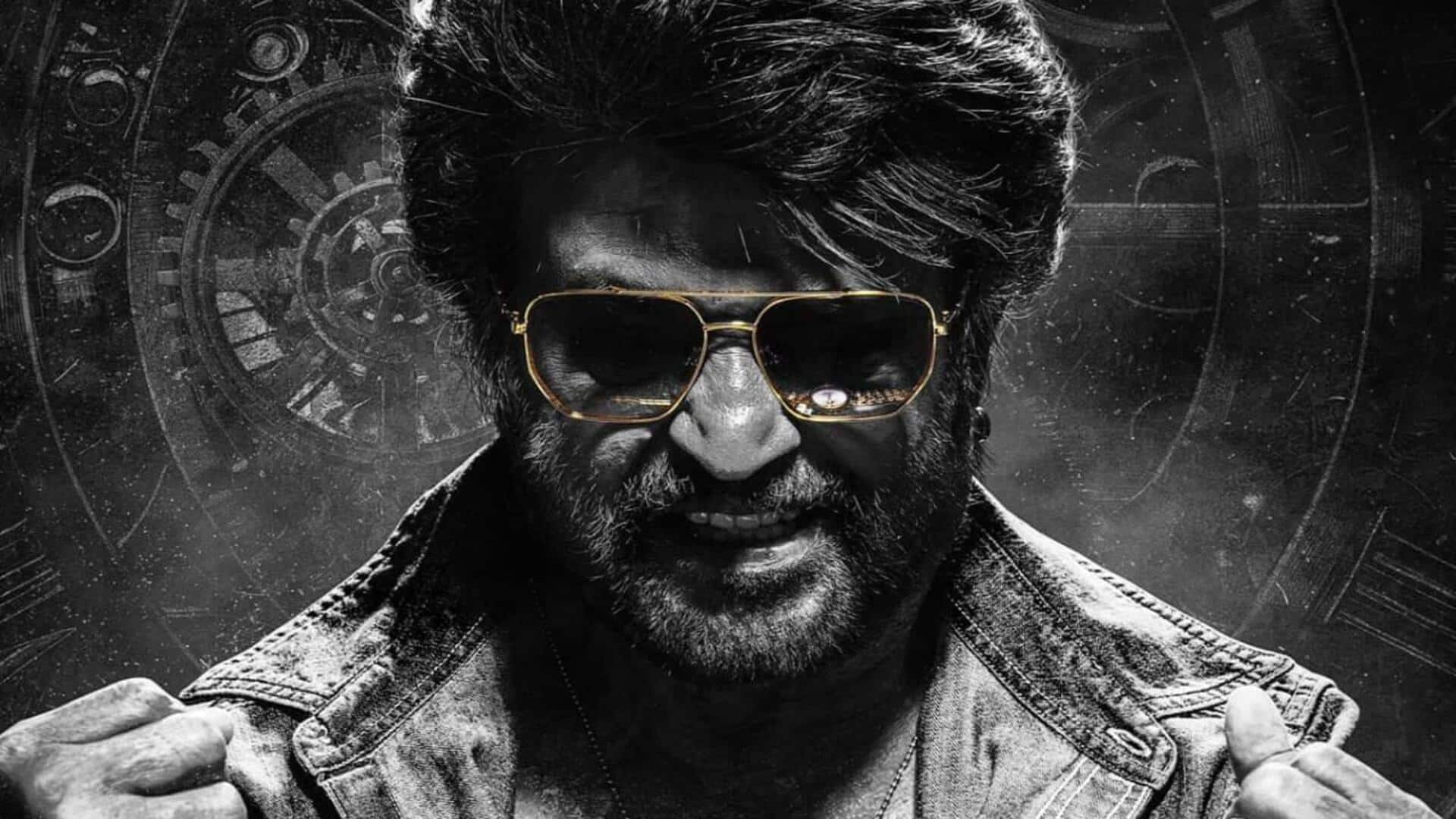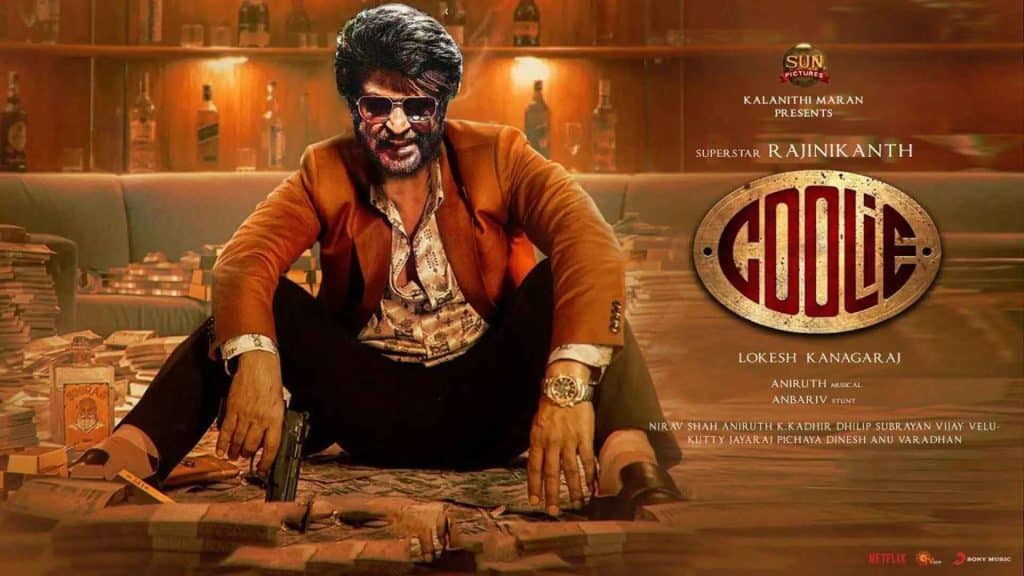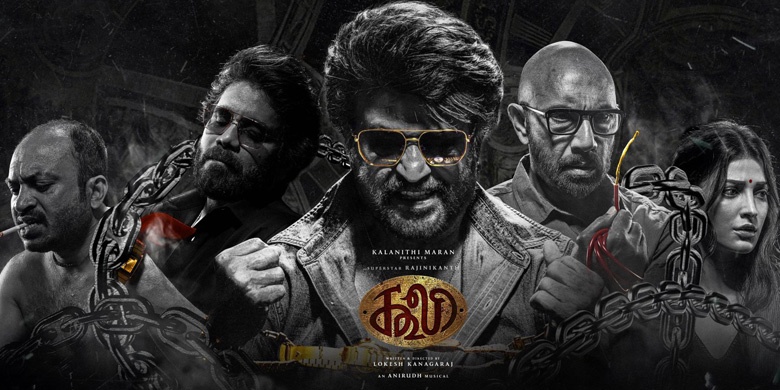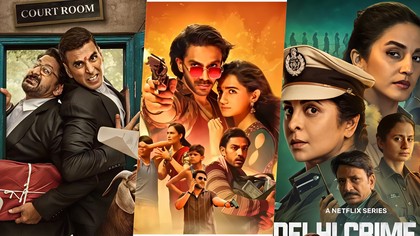Tamil cinema is in the middle of a quiet shift, and Coolie is now the poster child for a rising strategy that could reshape how films are released across India. The Rajinikanth starrer, directed by Lokesh Kanagaraj, is scheduled for a grand theatrical release on August 14. But what’s sparking conversation is not the scale of the film it’s the release plan. According to multiple reports, Coolie will debut on Amazon Prime Video only after spending a full eight weeks in theatres.

For a long time, the four-week OTT window was the norm. A film would hit cinemas, run its course in a month, and quickly land on streaming to capture the home-viewing audience while the buzz was still fresh. But with Coolie, and earlier with Thug Life, a longer theatrical window is becoming the new preferred approach at least for big-budget productions.
The thinking is simple. Films with massive budgets, action-heavy visuals, and a superstar like Rajinikanth can still pull crowds into theatres if given the space to breathe. These films are cinematic experiences. The kind people want to watch on a giant screen, with booming sound and collective gasps in a dark hall. And when the stakes are this high, producers want every last rupee from ticket sales before moving to digital platforms.
But the question is, who really wins with this move?

For Coolie, the eight-week delay might work perfectly. Rajinikanth remains one of the most bankable names in Indian cinema, and Lokesh Kanagaraj has built a reputation for delivering mass entertainers. With the right mix of hype, music, and theatre experience, this film could enjoy a long, fruitful run.
However, smaller films and debut-led projects don’t have that cushion. Many mid-range or indie Tamil films rely on OTT platforms not just for reach, but also for survival. Delaying their digital release puts them at risk of losing momentum, visibility, and ultimately, revenue. In a crowded release calendar, viewers move on fast. Without timely OTT drops, many good films might simply disappear.
This strategy also assumes audiences are willing to wait. But habits have changed. The pandemic fast-tracked a shift in viewer behaviour. People got used to watching new releases from their couches. In metro cities and even in smaller towns, OTT has become the first choice, not the backup. And with so much international content arriving daily, attention spans are shorter than ever.
What Coolie represents is a widening gap between films made for theatres and films made for streaming. For now, it looks like Tamil cinema is trying to mirror the Hollywood model, where mega-budget spectacles rule the big screen while everything else quietly finds its way to OTT. But the danger is this might become a one-size-fits-all rule, hurting smaller creators and making theatres more exclusive than ever.
Ultimately, Coolie's performance might set the tone for the future. If it succeeds both at the box office and on OTT later, more big films will follow. But if audiences reject the long wait or turn their attention elsewhere, the strategy might backfire. Either way, the next few weeks will be crucial not just for Coolie, but for every filmmaker and platform watching closely.
For more streaming insights and cinema shifts, follow Binge Moves on Instagram and Facebook.











